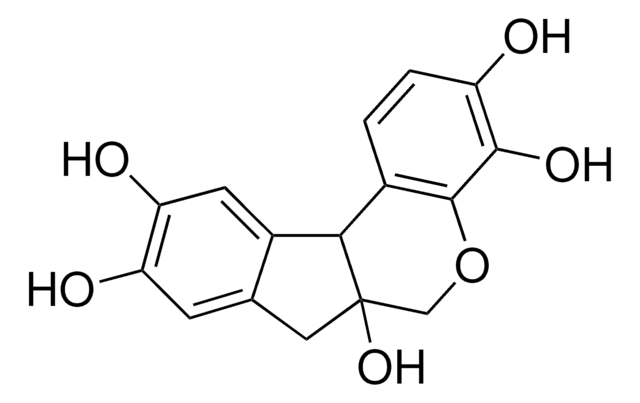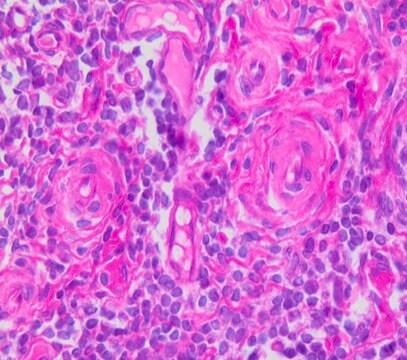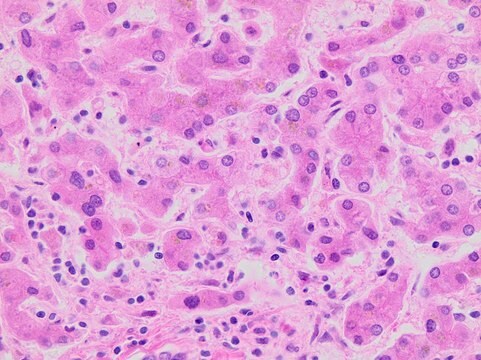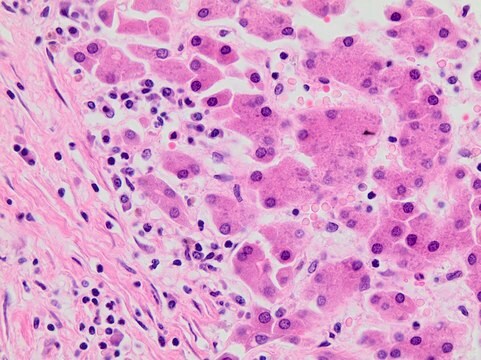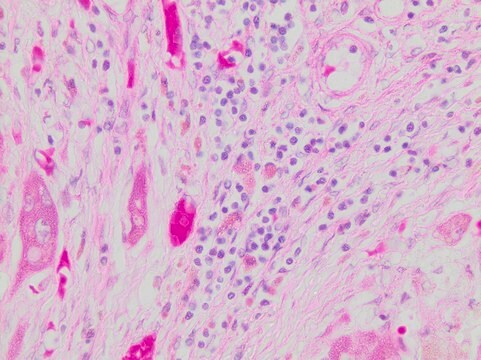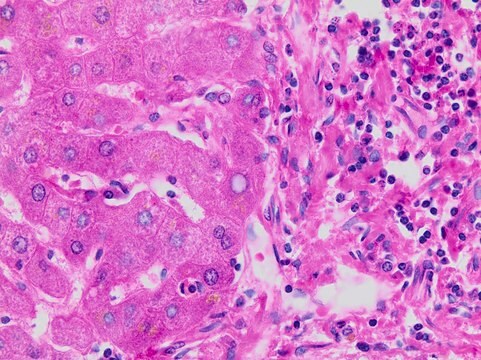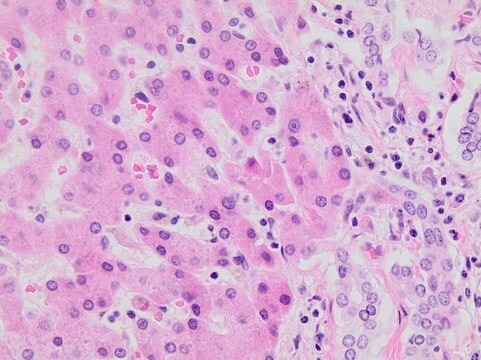Kluczowe dokumenty
About This Item
Polecane produkty
Formularz
solution
okres trwałości
Expiry date on the label.
IVD
for in vitro diagnostic use
stężenie
2 g/L
pH
2.5-3.5
Zastosowanie
hematology
histology
temp. przechowywania
room temp
ciąg SMILES
Oc1cc2C[C@@]3(O)COc4c(O)c(O)ccc4[C@H]3c2cc1O
InChI
1S/C16H14O6/c17-10-2-1-8-13-9-4-12(19)11(18)3-7(9)5-16(13,21)6-22-15(8)14(10)20/h1-4,13,17-21H,5-6H2/t13-,16+/m0/s1
Klucz InChI
WZUVPPKBWHMQCE-XJKSGUPXSA-N
Szukasz podobnych produktów? Odwiedź Przewodnik dotyczący porównywania produktów
Zastosowanie
Inne uwagi
Hasło ostrzegawcze
Warning
Zwroty wskazujące rodzaj zagrożenia
Zwroty wskazujące środki ostrożności
Klasyfikacja zagrożeń
Acute Tox. 4 Oral - STOT RE 2 Oral
Organy docelowe
Kidney
Kod klasy składowania
10 - Combustible liquids
Klasa zagrożenia wodnego (WGK)
WGK 1
Temperatura zapłonu (°F)
Not applicable
Temperatura zapłonu (°C)
Not applicable
Wybierz jedną z najnowszych wersji:
Masz już ten produkt?
Dokumenty związane z niedawno zakupionymi produktami zostały zamieszczone w Bibliotece dokumentów.
Klienci oglądali również te produkty
Powiązane treści
Krótkie informacje na temat cytologii, jej roli w cytodiagnostyce oraz wykorzystania standardowych i specjalnych barwników do analizy mikroskopowej w celu wykrycia nieprawidłowości komórkowych.
Brief information on the field of cytology, its role in cytodiagnosis and the use of standard and special stains for microscopic analysis to detect cellular abnormalities.
Krótkie informacje na temat cytologii, jej roli w cytodiagnostyce oraz wykorzystania standardowych i specjalnych barwników do analizy mikroskopowej w celu wykrycia nieprawidłowości komórkowych.
Nasz zespół naukowców ma doświadczenie we wszystkich obszarach badań, w tym w naukach przyrodniczych, materiałoznawstwie, syntezie chemicznej, chromatografii, analityce i wielu innych dziedzinach.
Skontaktuj się z zespołem ds. pomocy technicznej